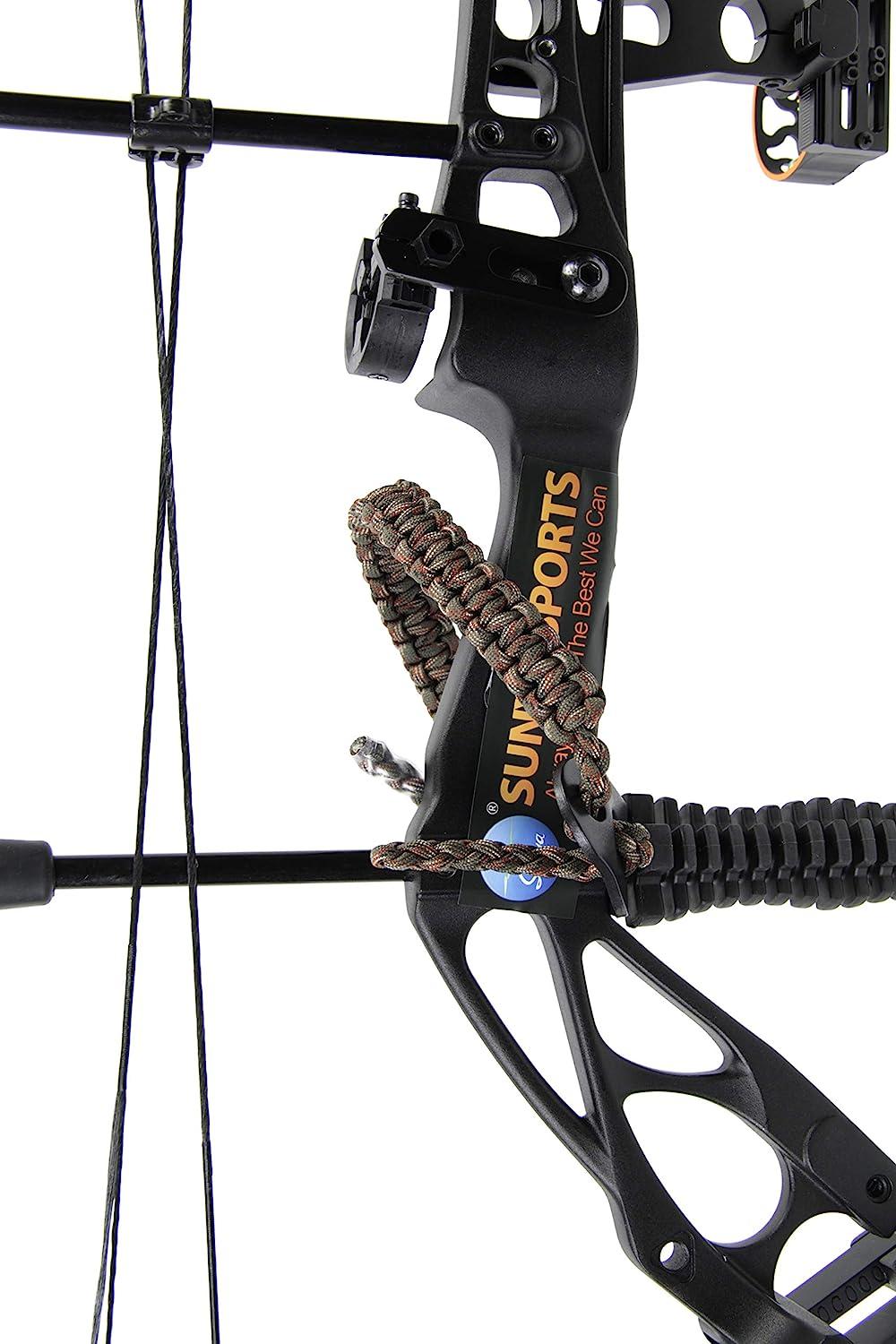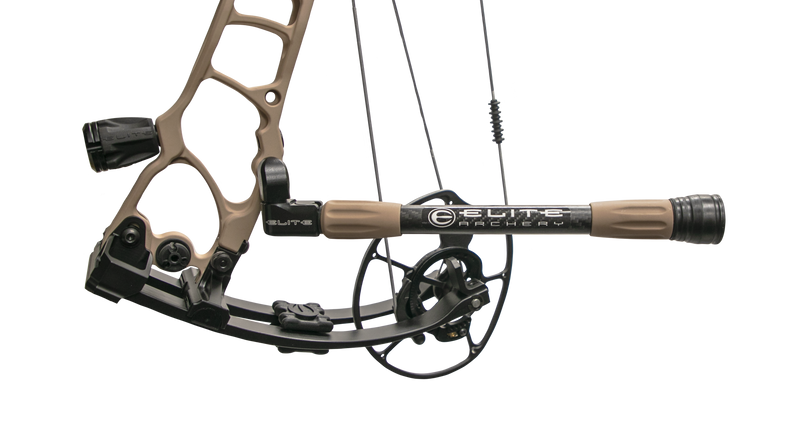Optimize Your Archery Accuracy With These Bow Stabilizer Strategies
One crucial aspect that can considerably affect your performance is the appropriate usage of bow stabilizers. Whether you are an experienced archer looking to improve your skills or a newbie eager to enhance your accuracy, grasping these bow stabilizer methods might be the trick to striking your mark with unparalleled uniformity.
Advantages of Utilizing Bow Stabilizers
Using bow stabilizers can substantially improve an archer's accuracy and overall efficiency by decreasing bow torque and resonance. Additionally, bow stabilizers moisten resonance, which not just enhances the convenience of capturing yet also avoids the bow from leaping upon release, hence aiding in maintaining appropriate purpose.
Furthermore, bow stabilizers can help in holding the bow consistent, specifically throughout gusty conditions or when firing from longer distances. The added weight at the front of the bow supplies stability and balance, permitting the archer to focus on intending without the disturbance of bow activity. On the whole, the advantages of making use of bow stabilizers expand past simply precision, improving the archer's experience and performance in different shooting circumstances.
Picking the Right Bow Stabilizer
Choosing the suitable bow stabilizer is important for optimizing your archery devices and boosting shooting efficiency. When picking a bow stabilizer, there are numerous variables to consider to guarantee you discover the ideal suitable for your requirements. To start with, consider the weight of the stabilizer. Much heavier stabilizers can help in reducing bow torque and absorb more vibration, bring about a steadier goal. Nevertheless, lighter stabilizers supply more maneuverability, which can be advantageous in certain shooting situations.

Finally, consider the layout of the stabilizer. Some stabilizers come with adjustable weights or dampeners that allow you to customize the balance and feel of your bow. Inevitably, picking the appropriate bow stabilizer includes locating a balance between weight, length, style, and material to improve your capturing precision and total efficiency.
Proper Installment Techniques
To ensure optimal performance and safety and security in archery, mastering proper setup techniques for your bow stabilizer is crucial. The very first step in mounting a bow stabilizer is to identify the proper positioning on your bow. The majority of stabilizers are attached to the front of the riser, listed below the grip, to help counterbalance the weight of accessories such as views and quivers. Ensure that the stabilizer is not interfering with various other from this source parts or preventing your shooting type.
Following, securely affix the stabilizer to the bow utilizing the appropriate installing equipment. Some stabilizers come with adjustable weights that can be added or eliminated see this page to tweak the equilibrium of your bow.

Changing Stabilizer Weight and Length
After guaranteeing the appropriate setup of your bow stabilizer, the next step entails adjusting the weight and length to optimize its performance in improving archery accuracy. The weight of the stabilizer plays a critical function in lessening bow activity during the shot cycle. Adding weight to the stabilizer can help wet vibrations and boost security, bring about more constant and exact shots. On the various other hand, minimizing the look at more info weight can increase maneuverability, which is helpful for situations requiring fast target acquisition.
When it comes to stabilizer size, finding the best balance is vital. A longer stabilizer can offer better security by raising the distance in between the bow and the weight at the end of the stabilizer. This included range boosts the stabilizing impact, particularly in gusty conditions or when contending longer distances. Conversely, a shorter stabilizer supplies more maneuverability and might be chosen by archers that value agility and fast movements during shooting.
Advanced Stabilizer Tuning Tips
Achieving optimal bow security and accuracy in archery requires a nuanced method to advanced stabilizer adjusting. Advanced stabilizer tuning involves fine-tuning numerous elements to improve the bow's balance, reduce vibration, and enhance general precision. One essential strategy is to try out various stabilizer setups, including back-bar and side-bar arrangements, to find the excellent equilibrium in between stability and maneuverability for your capturing style. bow stabilizer. Additionally, readjusting the angle and positioning of the stabilizer can have a substantial influence on exactly how the bow reacts upon launch.
Another essential facet of advanced stabilizer tuning is optimizing the damping residential properties of the stabilizer system. Discovering different products for the stabilizer building, such as carbon fiber or aluminum, can also influence the bow's efficiency by changing its weight circulation and rigidity.
Conclusion
In conclusion, taking full advantage of archery precision can be achieved via the correct option, installment, and modification of bow stabilizers. In general, integrating bow stabilizers right into archery practice can lead to better efficiency and increased precision.
Making use of bow stabilizers can considerably enhance an archer's precision and overall performance by minimizing bow torque and resonance. Longer stabilizers give better security and balance, especially for long-distance shooting, while shorter stabilizers use more adaptability and are simpler to maneuver in limited areas (bow stabilizer). Carbon fiber stabilizers are sturdy and light-weight, while light weight aluminum stabilizers are durable and offer excellent resonance dampening
A longer stabilizer can supply greater security by raising the distance between the bow and the weight at the end of the stabilizer.Another crucial element of advanced stabilizer adjusting is optimizing the damping properties of the stabilizer system.